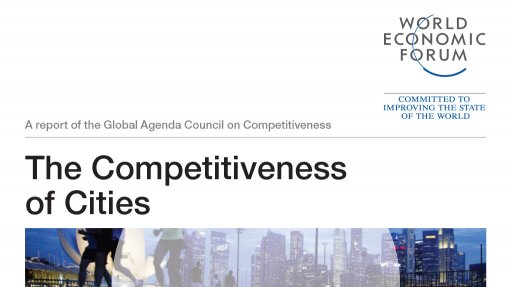
The World Economic Forum has been studying competitiveness for over 30 years by focusing on the assessment of the productive potential of countries in The Global Competitiveness Report series. To complement this strand of work, the Forum created the Global Agenda Council on Competitiveness as part of the Network of Global Agenda Councils. In 2012, Council Members identified the leadership role that cities are taking in stimulating the competitiveness of countries and regions as a key issue for further study.
Cities have been the engines of productivity and growth throughout history, and will be essential to the future growth and competitiveness of nations and regions. This is especially true at a time of massive and rapid urbanisation in emerging markets; hence, the focus on the competitiveness of cities. In this report, a four-part taxonomy of city competitiveness was developed, including (1) institutions, (2) policies and regulation of the business environment, (3) "hard connectivity", and (4) "soft connectivity". This has been applied to a “big basket” of 26 cities, with a mini case study on each; and to a “small basket” of seven cities, each of those with a full case study.
The report also identified six global "megatrends" especially relevant to cities (1) urbanisation, demographics and the emerging middle class; (2) rising inequality; (3) sustainability; (4) technological change; (5) industrial clusters and global value chains; and (6) governance. Led by urbanisation, they condition the greater operating environment for cities around the world. It is up to cities to take advantage of these megatrends, as well as to mitigate negative forces such as rising inequality, pressure on natural resources and the environment, and a diminution of trust in public authorities.